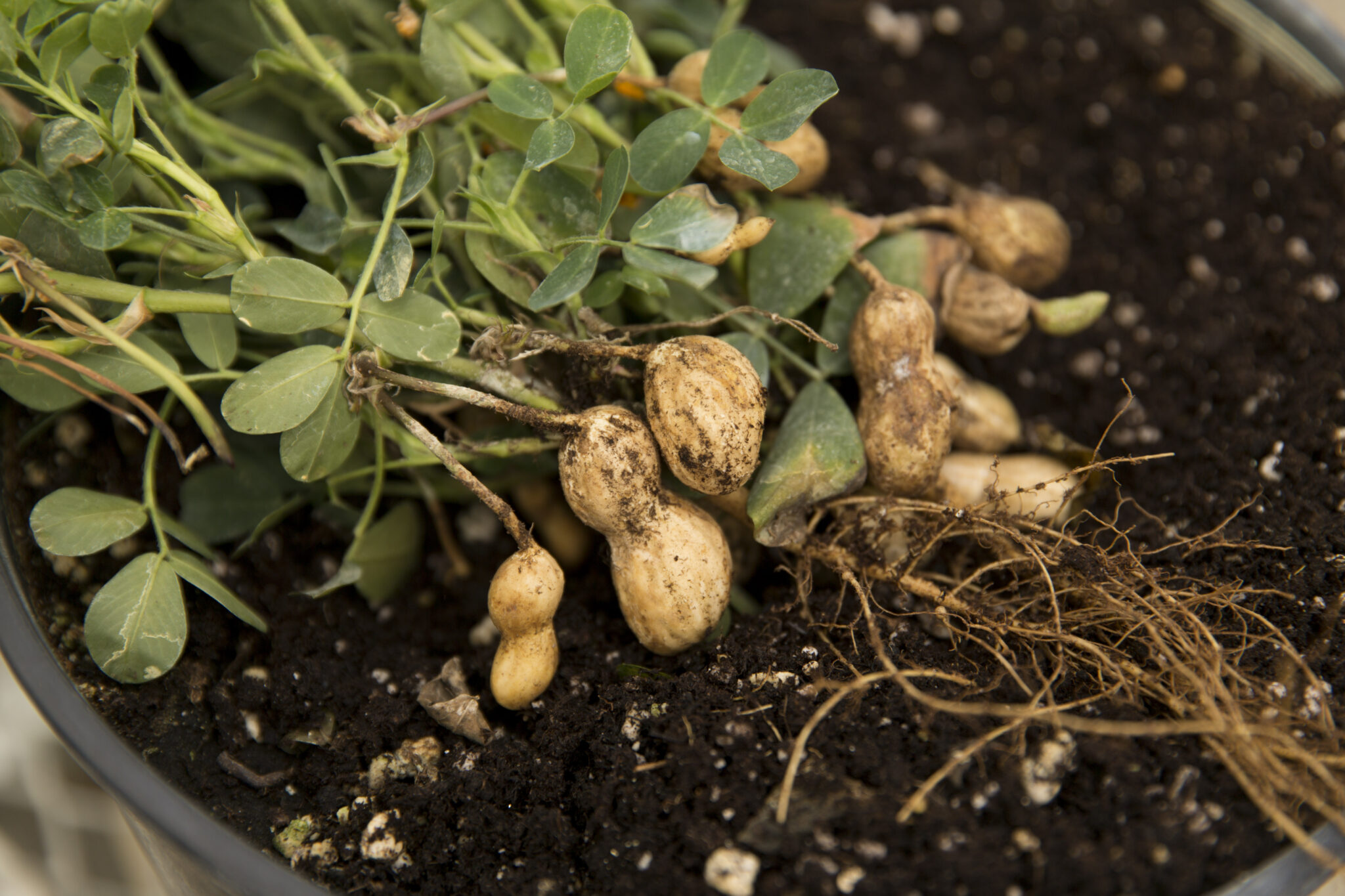In Georgia landscapes, azaleas practically sing spring. So do rhododendrons in much of the state. But this year, many people are finding dead branches in both of these prized ornamentals.
"We've had a number of samples come into the lab," said Jean Williams-Woodward, a plant pathologist with the University of Georgia Extension Service. "So far, we're finding two main causes of the branch dieback."
The less serious of the causes, she said, are fungal diseases that got into the branches through some kind of wound.
"We had a warm fall last year," she said. "Many shrubs weren't properly hardened off yet when we had a sudden cold snap in December. That caused some bark splitting in some tender branches."
A long, mild spring then complicated the problem, allowing fungi to infect the wounds the cold snap left. The main culprits, she said, are Phomopsis in azaleas and Botryosphaeria in rhododendrons.
"These fungi get in and cause a canker -- a sunken, dark brown, grayish area," Williams-Woodward said. "Sometimes they can girdle the stem. And when that happens, the branch dies."
Sometimes a single fungal canker won't girdle a stem, she said. But two or more on the same stem can produce the same result.
Once these fungal cankers have girdled a branch, she said, you can't save it. But you can spare the rest of the shrub. Just prune out the dead branch and keep the plant properly mulched and watered to reduce stress.
Sometimes, though, the problem isn't contained with the branch.
"The more serious problems we've seen are root rots," Williams- Woodward said. "These are caused by fungi, too. But they're the result of poorly drained or compacted soils."
You can tell the difference, she said, by cutting along the branch. If the dead, cankerous tissue isn't contained within the stem but goes to the base of the plant, the problem is root rot.
And the remedy isn't so simple. The first step is to remove the plant -- it isn't going to survive.
"Then change the drainage," Williams-Woodward said. "Raise the bed, or amend the soil. You have to make the site drain better, or the next plant won't fare any better."






